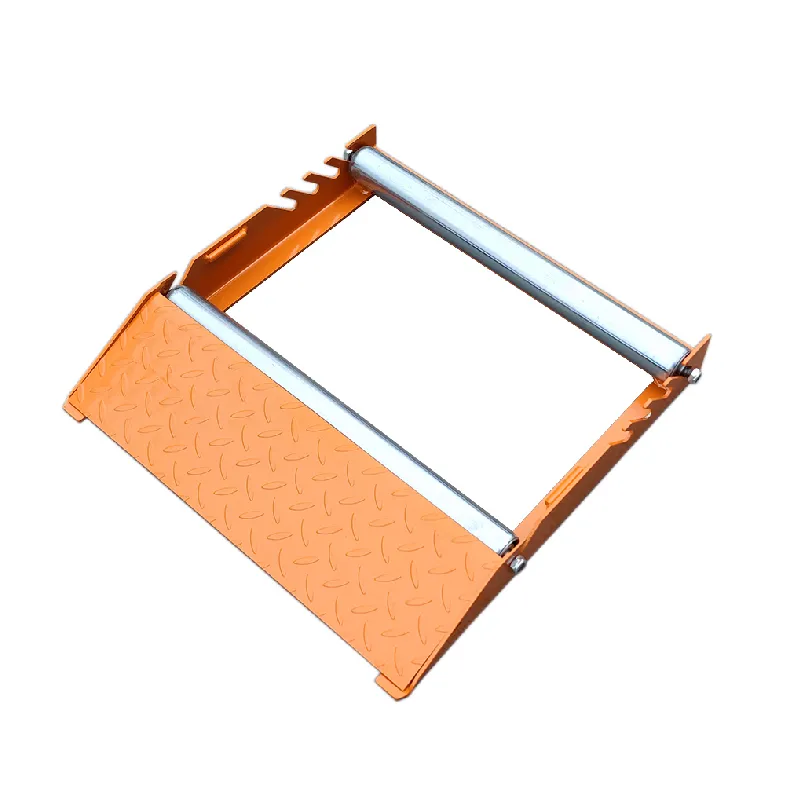
-
 Afrikaans
Afrikaans -
 Albanian
Albanian -
 Amharic
Amharic -
 Arabic
Arabic -
 Armenian
Armenian -
 Azerbaijani
Azerbaijani -
 Basque
Basque -
 Belarusian
Belarusian -
 Bengali
Bengali -
 Bosnian
Bosnian -
 Bulgarian
Bulgarian -
 Catalan
Catalan -
 Cebuano
Cebuano -
 Corsican
Corsican -
 Croatian
Croatian -
 Czech
Czech -
 Danish
Danish -
 Dutch
Dutch -
 English
English -
 Esperanto
Esperanto -
 Estonian
Estonian -
 Finnish
Finnish -
 French
French -
 Frisian
Frisian -
 Galician
Galician -
 Georgian
Georgian -
 German
German -
 Greek
Greek -
 Gujarati
Gujarati -
 Haitian Creole
Haitian Creole -
 hausa
hausa -
 hawaiian
hawaiian -
 Hebrew
Hebrew -
 Hindi
Hindi -
 Miao
Miao -
 Hungarian
Hungarian -
 Icelandic
Icelandic -
 igbo
igbo -
 Indonesian
Indonesian -
 irish
irish -
 Italian
Italian -
 Japanese
Japanese -
 Javanese
Javanese -
 Kannada
Kannada -
 kazakh
kazakh -
 Khmer
Khmer -
 Rwandese
Rwandese -
 Korean
Korean -
 Kurdish
Kurdish -
 Kyrgyz
Kyrgyz -
 Lao
Lao -
 Latin
Latin -
 Latvian
Latvian -
 Lithuanian
Lithuanian -
 Luxembourgish
Luxembourgish -
 Macedonian
Macedonian -
 Malgashi
Malgashi -
 Malay
Malay -
 Malayalam
Malayalam -
 Maltese
Maltese -
 Maori
Maori -
 Marathi
Marathi -
 Mongolian
Mongolian -
 Myanmar
Myanmar -
 Nepali
Nepali -
 Norwegian
Norwegian -
 Norwegian
Norwegian -
 Occitan
Occitan -
 Pashto
Pashto -
 Persian
Persian -
 Polish
Polish -
 Portuguese
Portuguese -
 Punjabi
Punjabi -
 Romanian
Romanian -
 Russian
Russian -
 Samoan
Samoan -
 Scottish Gaelic
Scottish Gaelic -
 Serbian
Serbian -
 Sesotho
Sesotho -
 Shona
Shona -
 Sindhi
Sindhi -
 Sinhala
Sinhala -
 Slovak
Slovak -
 Slovenian
Slovenian -
 Somali
Somali -
 Spanish
Spanish -
 Sundanese
Sundanese -
 Swahili
Swahili -
 Swedish
Swedish -
 Tagalog
Tagalog -
 Tajik
Tajik -
 Tamil
Tamil -
 Tatar
Tatar -
 Telugu
Telugu -
 Thai
Thai -
 Turkish
Turkish -
 Turkmen
Turkmen -
 Ukrainian
Ukrainian -
 Urdu
Urdu -
 Uighur
Uighur -
 Uzbek
Uzbek -
 Vietnamese
Vietnamese -
 Welsh
Welsh -
 Bantu
Bantu -
 Yiddish
Yiddish -
 Yoruba
Yoruba -
 Zulu
Zulu


Lis . 23, 2024 12:00 Back to list
strain relief cable grip
Strain Relief Cable Grip A Comprehensive Overview
In the realm of electrical installations and cable management, strain relief cable grips play a pivotal role. These specialized devices are designed to provide support and protection to cables in various applications, ensuring longevity, safety, and reliability. This article aims to delve into the purpose, types, installation, and benefits of strain relief cable grips, highlighting why they are an essential component in electrical systems.
What is a Strain Relief Cable Grip?
A strain relief cable grip is a mechanical device that secures cables and prevents excessive bending, pulling, or twisting forces that can cause damage or failure. By distributing the stress along the cable length rather than concentrating it at a single point, these grips mitigate the risk of wear and tear. Strain relief is crucial for maintaining the integrity of electrical connections, especially in environments where cables are frequently moved or manipulated.
Types of Strain Relief Cable Grips
Strain relief cable grips come in various designs and materials, each suited for specific applications. The most common types include
1. Wire Rope Grips These are typically made from aluminum or stainless steel and are used for heavier cables. They provide excellent strength and durability.
2. Plastic or Nylon Grips Lighter and more flexible, these grips are ideal for lightweight cables in less demanding environments.
3. Screw-On Cable Grips These grips are designed to be attached directly to the equipment housing and provide a secure hold on the cable. They are often used in industrial applications.
4. Clamp-On Grips These grips feature a clamping mechanism that securely holds the cable in place, making them suitable for dynamic applications where movement is frequent.
Installation Process
Installing a strain relief cable grip is a straightforward process, but it must be done correctly to ensure maximum effectiveness
. Here are the general steps involvedstrain relief cable grip

1. Select the Right Grip Choose a grip that matches the cable size and type. Consider the environment where it will be used.
2. Prepare the Cable Ensure that the cable is free from any damage or fraying. Clean the area where the grip will be attached.
3. Position the Grip Place the grip at a point along the cable where strain is likely to occur, usually near the cable entry point into an enclosure or equipment.
4. Secure the Grip Depending on the design, use screws, clamps, or adhesive to secure the grip in place. Make sure it is tight enough to hold but not so tight that it compresses the cable excessively.
5. Test the Connection After installation, gently pull on the cable to ensure that the grip holds firm and provides the necessary strain relief.
Benefits of Using Strain Relief Cable Grips
Implementing strain relief cable grips offers numerous advantages
- Enhanced Durability By distributing stress, these grips prevent wear and damage, extending the cable’s lifespan.
- Improved Safety Proper strain relief minimizes the risk of cable failure, reducing the chances of electrical hazards.
- Ease of Maintenance Cables that are secured and protected are easier to manage, troubleshoot, and maintain.
- Versatility Strain relief grips can be used in various settings, including residential, commercial, and industrial environments.
In conclusion, strain relief cable grips are an indispensable tool in the management of electrical installations. Their ability to protect cables from undue stress not only enhances safety but also contributes to the overall efficiency and reliability of electrical systems. Investing in high-quality strain relief solutions is a proactive approach to ensuring the durability and effectiveness of your electrical infrastructure.
Latest news
What Are Construction Tools and How Are They Used?
NewsJul.11,2025
Professional-Grade Duct Rodding Tools for Superior Cable Installation
NewsJul.11,2025
Enhancing Safety and Efficiency with Modern Hot Stick Solutions
NewsJul.11,2025
Empowering Cable Installation with Advanced Rodder Solutions
NewsJul.11,2025
Elevate Your Cable Installation Projects with Cable Pulling Tools
NewsJul.11,2025
Efficient Cable Handling Solutions: Cable Rollers for Sale
NewsJul.11,2025











